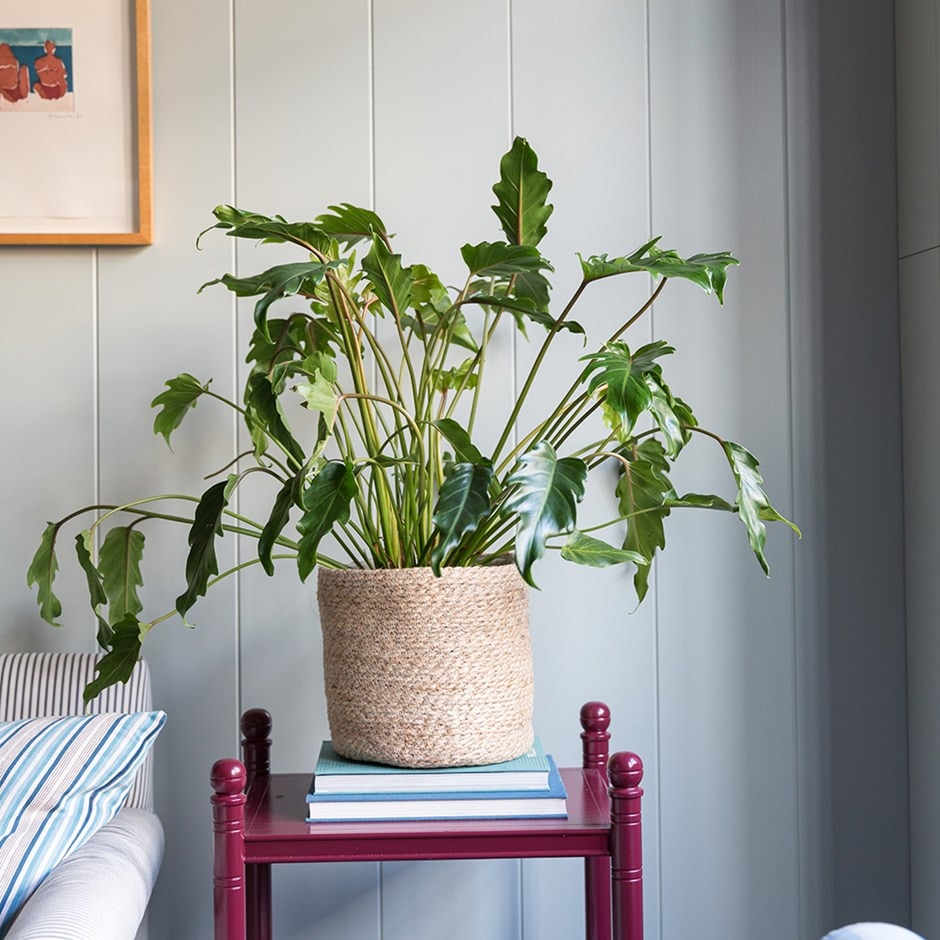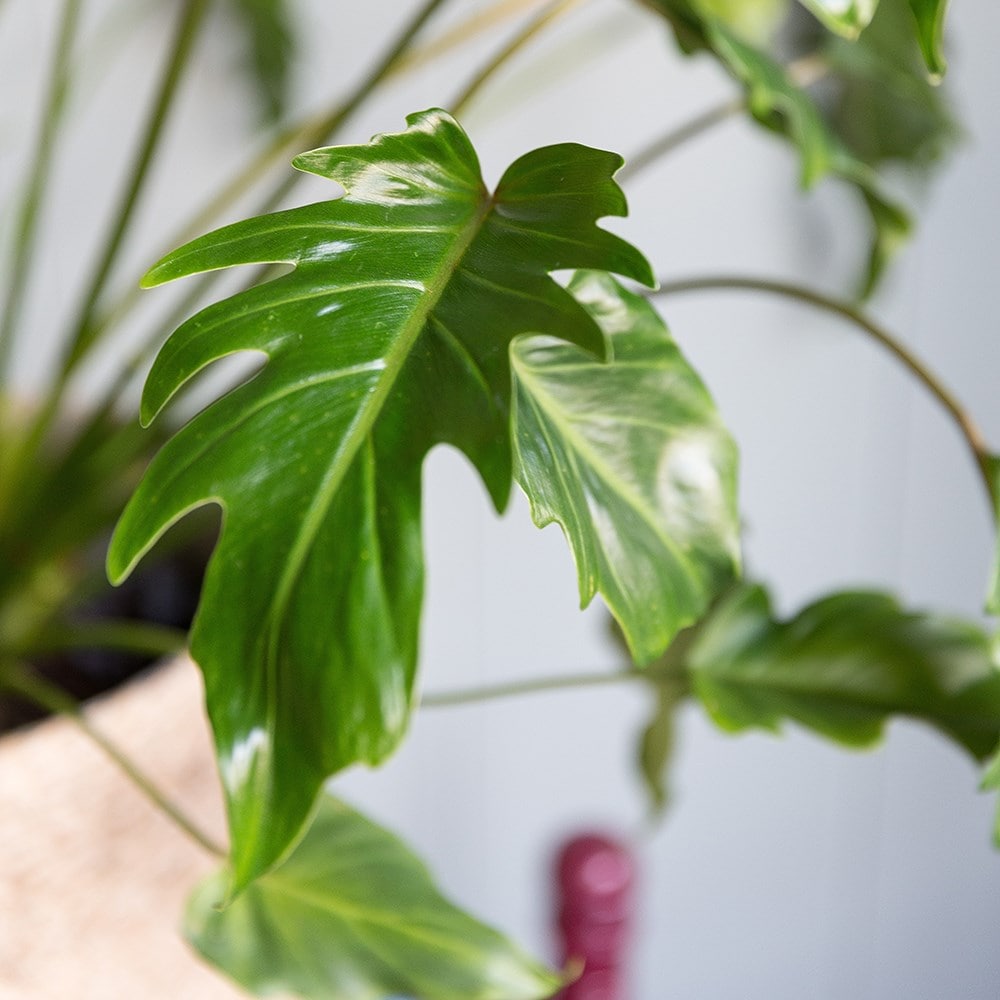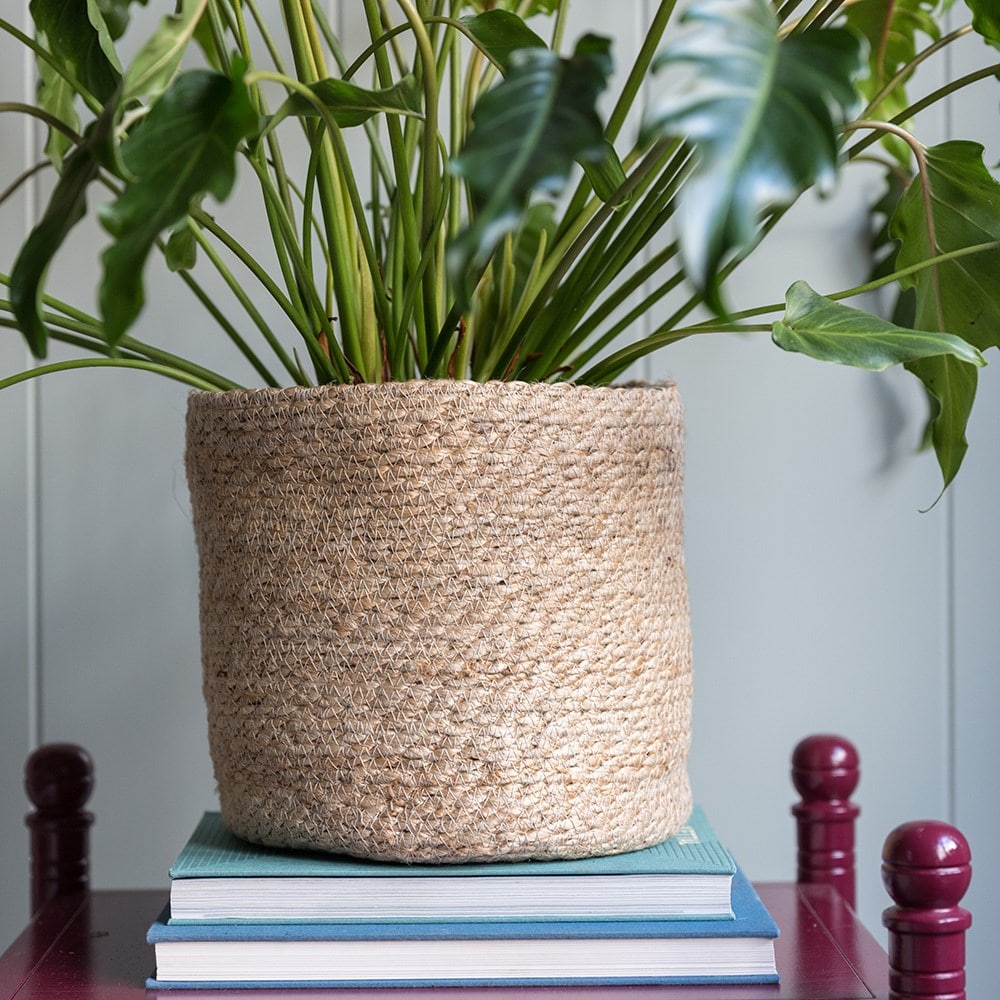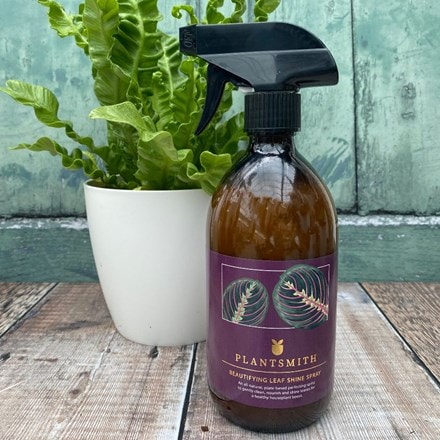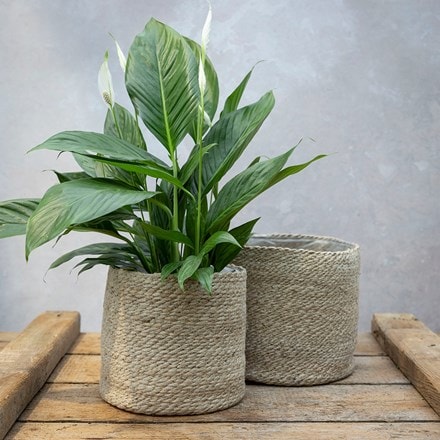Philodendron xanadu
philodendron
- 21cm pot | 50cm wide
- £35.99 £39.99
- shipped within 2 weeks
- with aluminium urb pot
- £160.98 £164.98
- In stock (shipped within 2-3 working days)
- with aluminium ribbed pot
- £215.98 £219.98
- In stock (shipped within 2-3 working days)
- with white pot
- £47.98 £51.98
- sold out
Delivery options
- Standard £5.99
- Position: bright, indirect light
- Soil: good quality houseplant compost
- Rate of growth: average
- Hardiness: tender (indoors only)
- Current height: approximately 50cm (+ or - 10% including the pot)
- Pot cover: choose a 22cm pot cover to give a good fit over the pot
A dramatic looking houseplant with deeply lobed, glossy green leaves that form at the end of stems. Unlike other philodendron, this is not a climber, instead it grows in a mounded shape on a thick woody stem, often becoming wider than it is tall. A compact, low maintenance choice for homes and offices, Philodendron xanadu will help purify your air.
Please note that the plant comes in a nursery pot as standard, unless a decorative pot cover is included as an option.
Please note that the plant comes in a nursery pot as standard, unless a decorative pot cover is included as an option.
To care for Philodendron, provide bright, indirect light, avoiding harsh midday sun that can scorch its leaves, although a little direct sunlight in the morning or evening is fine.
Use a well-draining soil mix of potting soil, perlite, and orchid bark or vermiculite to prevent waterlogging while retaining some moisture. Allow the top 2-5 (1-2in) cm of soil to dry out before watering, ensuring excess water drains fully, and adjust the frequency seasonally—more in spring and summer, less in autumn and winter.
Keep between 18°C and 27°C (65°F to 80°F), away from cold draughts, and maintain high humidity levels of 60-80% by considering using a humidifier, watered pebble tray, or terrarium.
Feed monthly during the growing season with a diluted balanced fertiliser, stopping in the cooler months to avoid overfeeding which can lead to leaf damage. Wipe the leaves regularly to remove dust, and provide a moss pole or trellis for support, encouraging its natural climbing habit.
Use a well-draining soil mix of potting soil, perlite, and orchid bark or vermiculite to prevent waterlogging while retaining some moisture. Allow the top 2-5 (1-2in) cm of soil to dry out before watering, ensuring excess water drains fully, and adjust the frequency seasonally—more in spring and summer, less in autumn and winter.
Keep between 18°C and 27°C (65°F to 80°F), away from cold draughts, and maintain high humidity levels of 60-80% by considering using a humidifier, watered pebble tray, or terrarium.
Feed monthly during the growing season with a diluted balanced fertiliser, stopping in the cooler months to avoid overfeeding which can lead to leaf damage. Wipe the leaves regularly to remove dust, and provide a moss pole or trellis for support, encouraging its natural climbing habit.
- Humans/Pets: Harmful if eaten; skin/eye irritant/allergen
Goes well with
Woven jute round plant pots - set of 2
Ø26 × H24cm, Ø30 × H26cm
£32.99
In stock (shipped within 2-3 working days)
